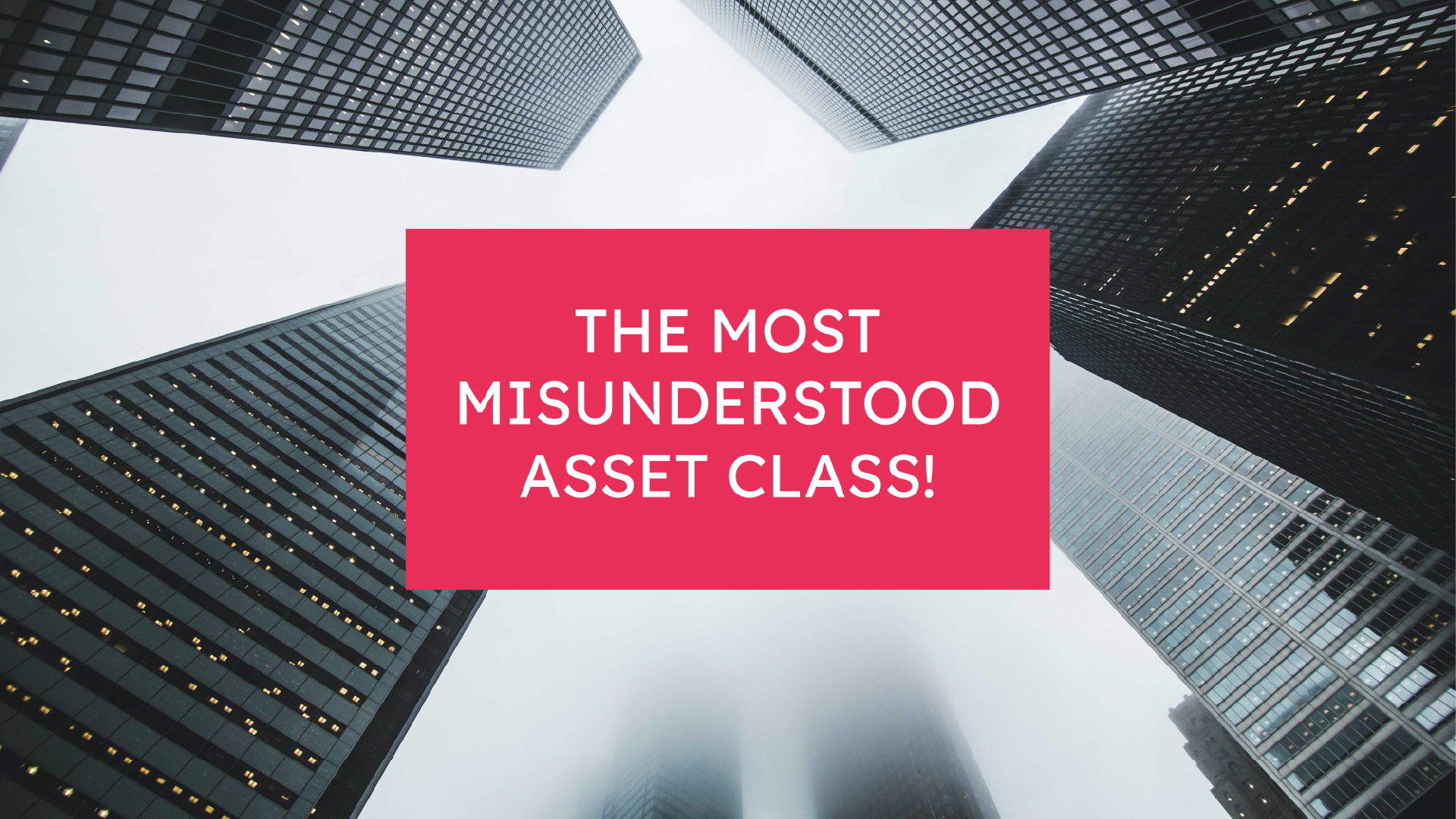
On our web site, we clearly state that one of our goals is to strive to generate the best return with the least amount of risk. Achieving this goal can come in different forms, depending on each investor’s risk level. We are not afraid to admit some of investors may not be right for our services—specifically, aggressive or short-term minded clients.
Risk management, especially limiting exposure to catastrophic losses, is a baseline tenet of our investment philosophy. All investing involves risk and investors should be willing to tolerate some amount of downside loss. However, it is devastating losses of 40% or more during bear markets that are important for your clients to avoid.
People think about risk and reward trade-offs nearly every day, most often outside of the context of the investment markets. Consider these choices:
- “Should I buy life insurance?” People weigh the risk of paying too much premium for a life policy, versus the reward of knowing their beneficiaries get some degree of financial protection.
- “What should my car insurance deductible be?” You may reward yourself with lower premiums by choosing a higher deductible, but you risk paying more out of pocket if you have an accident.
- “Should I go to the gym or stay on my couch?” You risk the poor health consequences of a sedentary lifestyle for the reward of easy entertainment.
Financial investing is not any different. To generate higher returns, you need to take on more risk. Therefore, it’s important to know the PAIN (or drawdown) you are willing to endure to generate returns. There is no such thing as a free lunch!
Where to invest?
These days, investors can invest in just about anything you can imagine. At Potomac, it doesn’t matter whether it’s real estate, gold, stocks or bonds, there is a time and place for these investments to be part of a client’s portfolio.
One of our favorite asset classes is high yield bonds, and they happen to be one of the most misunderstood.
The time period chosen may change the results, but overall, it’s safe to say that high yield bonds have consistently produced solid returns with much less risk and correlation to the overall stock market.
Let’s compare the S&P 500 against two different high yield bond funds over various periods. We love to look at investments since 2000 because this period encompasses two devastating bear markets, which are hard for most investments to hide from.

Source: FastTrack, 1/1/2000-12/31/2016
One of the most attractive characteristics of high yield bonds is the low day-to-day volatility and correlation to the market that makes them great for trend following. In other words, you won’t see much daily movement as these bonds are considered “low noise” investments.
In addition to great performance and risk characteristics, high yield bonds ARE NOT vulnerable to interest rate changes as many assume. Historically, high yield bond funds have performed well during rising rate environments because they move more in sync with the economy than with interest rates.
Why not just buy-and-hold high yield bonds?
High yield bonds have low day-to-day volatility, produce consistent returns, have low correlation to the market and can generate a much higher yield than most investments. Sounds too good to be true?
In fitness, there is a saying that some meals are “too good to be good for you”. Even though high yield bonds are attractive, investors should not just buy and hold them indefinitely because of the potential for drawdowns.
We feel that the maximum drawdown of any investment is the most important risk aspect to pay attention to. Asset classes like high yield bonds can lull you into thinking they offer risk management, until they suffer declines that conservative investors can’t handle, but they still like to chase these asset classes when starving for yield.
Let’s look at the same two funds we examined above, plus a high yield index:

Source: FastTrack, 1/1/2000-12/31/2016
As with most investments, the downside risk of holding them indefinitely is just too much for most investors to handle. We mentioned earlier that high yield bond funds have low day-to-day correlation, which means they are great for trend following. By using moving averages, along with more general market indicators, we can sidestep major declines, yet still participate in the gains.
How can Potomac help?
Although we have used high yield bonds in our various strategies for many years because of their risk-to-reward characteristics, we recently decided to launch a strategy that ONLY trades these securities. During strong up trending markets we will move 100% into one or more positions, but during down trending markets we can move 100% to cash.
High Yield Plus is a great complement to a Core investment lineup or used in conjunction with any of our other strategies.
Disclosure: This information is prepared for general information only and should not be considered as individual investment advice nor as a solicitation to buy or offer to sell any securities. This material does not constitute any representation as to the suitability or appropriateness of any investment advisory program or security. Please visit our FULL DISCLOSURE page.
